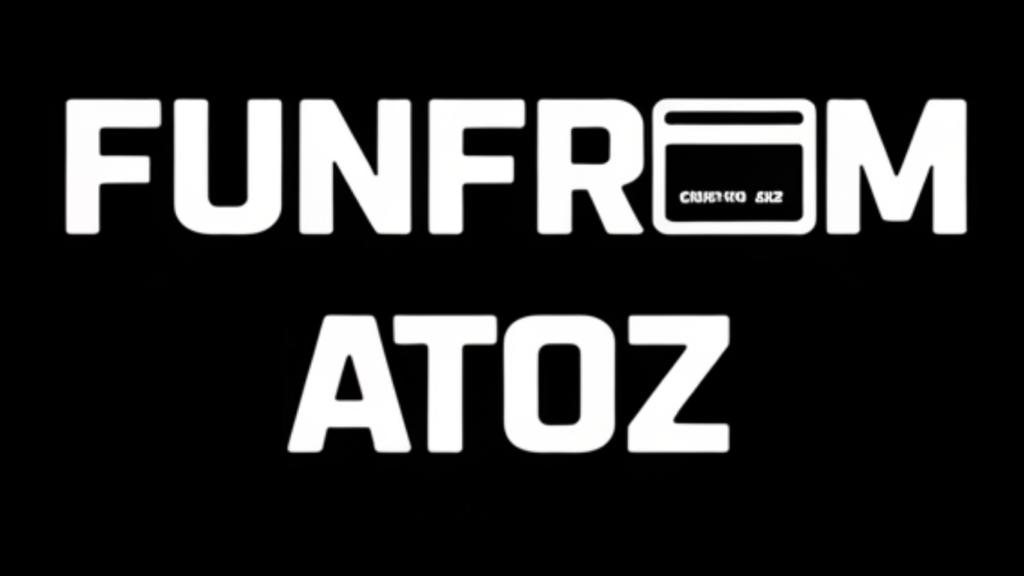In today’s digital marketplace, gaining a competitive edge often hinges on a business’s ability to attract and retain customers effectively. One of the most powerful tools in this strategic arsenal is the promotional coupon. But what is a promotional coupon, and how can it drive customer engagement and boost sales?
At its heart, a promotional coupon is a discount offered by businesses to incentivize purchases and foster customer loyalty. These coupons come in various forms, including percentage discounts, free shipping offers, or complimentary gifts with purchases. Recognizing their value and how to execute them can profoundly bolster a brand’s marketing efforts.
For consumers and businesses alike, the allure of a promotional coupon is unmistakable. Shoppers are attracted by the potential savings, while businesses enjoy increased traffic and higher conversion rates. As we delve deeper, we’ll explore how these coupons are crafted and why they’re indispensable in today’s marketing strategies.
The Essence of Promotional Coupons
Promotional coupons are more than just discounts. They serve as strategic tools designed to bridge the gap between a potential customer and a completed purchase. By effectively targeting the right audience, businesses can entice customers who may have been hesitant to make a buying decision. Through various platforms, from traditional print media to digital channels, promotional coupons can reach a broad spectrum of consumers.
Moreover, the versatility of these coupons allows businesses to fine-tune their marketing strategies. Whether offering a time-limited discount or an exclusive deal for loyal customers, businesses can tailor these incentives to align with specific marketing goals. Ultimately, a well-orchestrated coupon campaign can lead to a significant uptick in sales, enhancing both brand visibility and profitability.
One of the reasons promotional coupons are so effective is their psychological impact on consumers. The thrill of securing a bargain or obtaining a special offer can induce a sense of satisfaction, encouraging repeat purchases and fostering brand loyalty. In essence, promotional coupons can transform casual browsers into committed buyers.
Types of Promotional Coupons
Promotional coupons can be categorized into several distinct types, each with its unique benefits. Percentage discounts are among the most common, providing a straightforward reduction on the total purchase price. This type of coupon is especially appealing during sales events or when businesses seek to move inventory quickly. It creates an immediate sense of value for the consumer.
Another popular form is the buy-one-get-one (BOGO) offer. This type of coupon entices customers to purchase more than one item, boosting overall sales volume. For businesses, BOGO offers are an effective way to increase customer spending and expose consumers to new products. It serves as a catalyst for both immediate and future purchases.
Free shipping coupons are increasingly popular in e-commerce settings. By alleviating the additional cost of delivery, these coupons remove one of the primary barriers that prevent online purchases. Free shipping not only encourages initial purchases but also enhances the overall shopping experience, promoting customer satisfaction and repeat business.
Crafting an Effective Coupon Campaign
Developing a successful promotional coupon campaign requires strategic planning and execution. Businesses must first define their campaign objectives, whether it’s to attract new customers, reward loyal ones, or clear out inventory. Clear objectives help shape the campaign’s direction and determine the type of coupon that will be most effective.
Next, identifying the target audience is crucial. Understanding the demographic and psychographic characteristics of potential customers enables businesses to tailor their coupon offers effectively. Personalized offers increase engagement and conversion rates, ensuring that the campaign resonates with its intended audience.
Finally, businesses need to choose the appropriate distribution channels for their coupons. Options range from direct mail and in-store promotions to digital platforms like social media and email marketing. Selecting the right channels ensures that the coupons reach the intended audience efficiently, maximizing the campaign’s overall impact.
The Role of Digital Technology
In recent years, digital technology has revolutionized how promotional coupons are distributed and redeemed. Mobile apps, for instance, have simplified the coupon redemption process, allowing consumers to access and use coupons directly from their smartphones. This level of convenience increases the likelihood that coupons will be redeemed, enhancing the campaign’s effectiveness.
Moreover, digital coupons offer businesses valuable data insights. By tracking redemption rates and customer preferences, businesses can refine their marketing strategies, improving their understanding of consumer behavior. This data-driven approach enables businesses to make informed decisions, optimizing the return on investment for their coupon campaigns.
Digital technology also facilitates personalized marketing efforts. By leveraging customer data, businesses can create tailored coupon offers that cater to individual preferences and shopping habits. Personalized coupons increase the relevance of the offer, fostering stronger customer relationships and driving long-term loyalty.
Maximizing the Benefits of Promotional Coupons
To maximize the benefits of promotional coupons, businesses must adopt a holistic approach that considers every stage of the customer journey. From attracting potential customers to fostering long-term loyalty, coupons play a vital role in enhancing the overall customer experience. By integrating coupons into a broader marketing strategy, businesses can effectively drive sales and brand awareness.
Regularly evaluating the performance of coupon campaigns is essential. By analyzing key performance indicators such as redemption rates and customer feedback, businesses can identify areas for improvement and refine their strategies. Continuous optimization ensures that coupon campaigns remain effective and aligned with business objectives.
Additionally, businesses should be transparent about the terms and conditions of their coupons. Clear communication helps manage customer expectations and prevents misunderstandings that could negatively impact brand perception. Transparent practices build trust, encouraging customers to engage with the brand confidently.
Conclusion
Promotional coupons are a powerful tool in the marketer’s arsenal, capable of driving customer engagement and boosting sales. By understanding the various types of coupons and how to craft effective campaigns, businesses can harness the full potential of this marketing strategy. As consumer preferences and technologies evolve, staying adaptable ensures that promotional coupons remain a vital component of successful marketing strategies.

